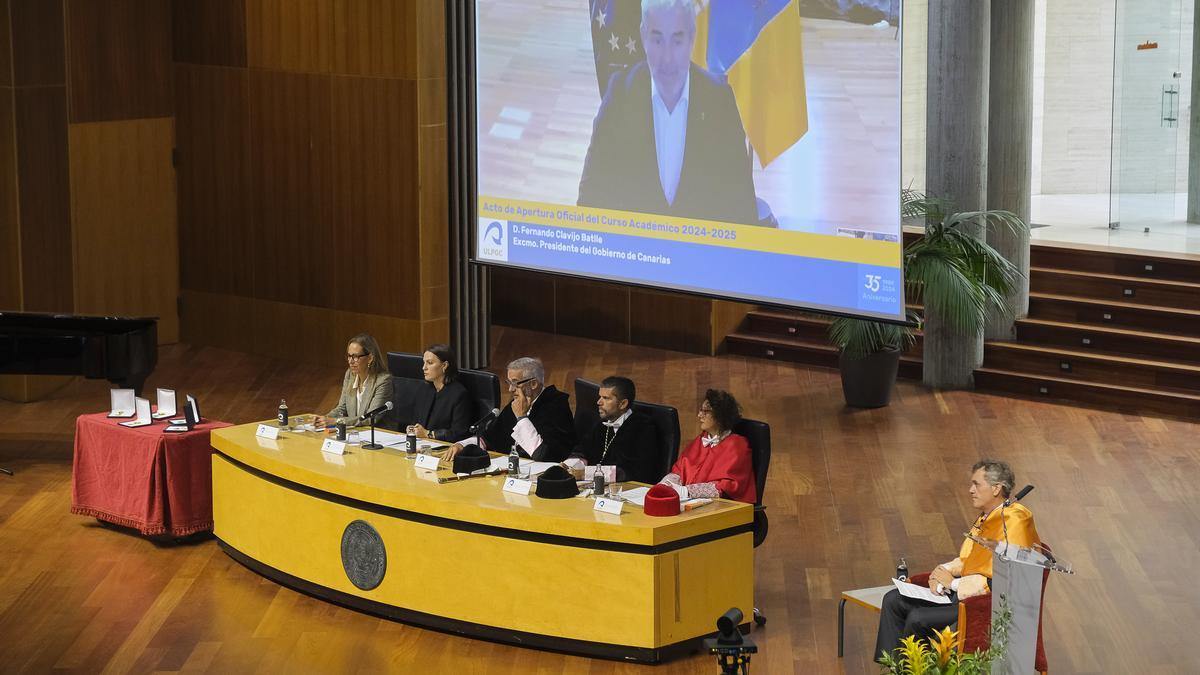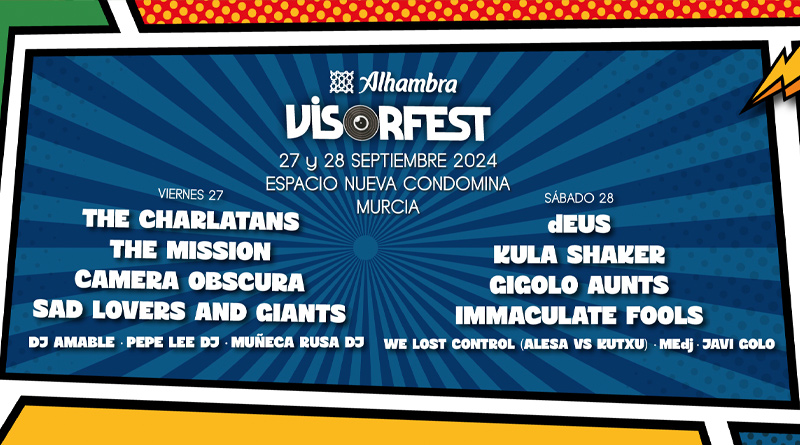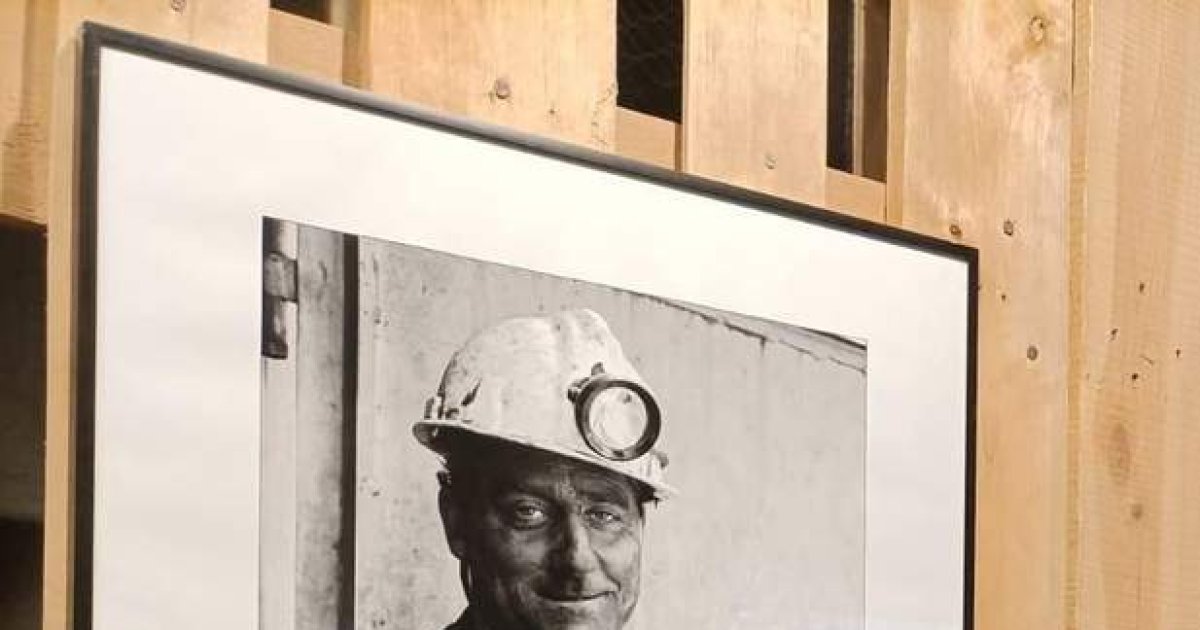In the vast world of ideas, creativity has been compared to natural and scientific processes, providing a unique lens through which to explore and understand it. For this reason, many models have been created that allow us to understand how it works and the relationship between creativity and other disciplines. One such model is the Krebs cycle of creativity, inspired by the biological Krebs cycle, a fundamental process in cellular respiration. How can this scientific comparison be translated into a seemingly different field like art and creativity? In this article, we will delve into the concept, use, and significance of this model, exploring its creation and its impact on the relationship between art and science.
The Krebs Creativity Cycle was conceived by Neri Oxman, a researcher and professor at the MIT Media Lab. Oxman is known for her interdisciplinary approach that integrates art, science, engineering, and design, uniting disciplines that have traditionally seemed separate. From the creation of innovative biomimetic materials to art installations using natural objects, her work at MIT seeks to redefine how we understand and use knowledge.
In his influential article “The Age of Entanglement”* (2016), Oxman introduces the Krebs cycle of creativity, a model that proposes a series of stages similar to the biological Krebs cycle, in which creativity is an ongoing, interdisciplinary process. This cycle is divided into four main stages that correspond to a particular discipline:

Krebs' Creativity Cycle, Oxman 2016.
1. Perception (Art): This initial stage focuses on perceiving the world through art. Oxman suggests that art serves as a means of gathering sensory and contextual information, allowing us to question and reinterpret our reality. Through art, we are presented with a perspective that leads us to reflect on our perception of the world and ourselves.
2. Exploration (Science): In the exploration stage, the information gathered is transformed into knowledge through scientific analysis. Science is a means of uncovering and understanding the underlying mechanisms of what we perceive. Here, the questions raised by art are fully explored, answers sought, and our understanding of the world expanded.
3. Invention (Engineering): The next stage is invention, where scientific knowledge is transformed into utility through engineering. This stage is fundamental to the cycle, as it involves creating practical technologies and solutions that can transform our interaction with the environment, and we also get tangible applications that have a direct impact on our daily lives.
4. Communication (Design): Finally, the cycle culminates in the communication phase, where design plays a crucial role. Design takes the utility created by engineering and integrates it into a cultural context, transforming innovation into behavior and lifestyle. Through design, inventions are communicated and adapted, influencing culture and fueling the creative cycle by once again questioning our perception of the world.
This model, according to Oxman, allows for a continuous flow of creativity across all disciplines, creating a synergy where each stage feeds the next, strengthens each other, works with each other, and maintains an ongoing process of innovation and discovery.
Academic institutions, educational centers, and businesses have embraced fostering creativity among their communities by providing a structured approach and tools for generating ideas, innovating, and solving problems.
Art and science traditionally seem to be divided, but in fact they share a deep connection, both disciplines driven by curiosity, experimentation, and the search for new perspectives. The Krebs Creativity Cycle is an example of how scientific principles can be applied to the creative process, demonstrating that scientific thinking can enrich and build artistic creativity. Today, this connection is strengthened through interdisciplinary projects and collaborations that combine art and science in innovative ways. Here are two notable examples:
1. Art and Neuroscience: Projects that use neuroimaging and brain technology to explore how art affects the human brain. Artists and scientists work together to visualize brain data through art installations, providing new perspectives on the human experience. This is the case with the Human Connectome Project, led by Olaf Sporns of Indiana University, USA, and Patrick Hagemann of the University Hospital of Lausanne, Switzerland.
2. Biomimicry in Design: Designers who draw inspiration from natural processes to create sustainable solutions. This multidisciplinary collaboration allows designers to apply scientific principles to create more efficient products and systems. Neri Oxman and MIT have developed the Aguahuja project, where they are creating programmable water-based biocomposites for digital design and fabrication.
The Krebs Creativity Cycle invites us to consider how scientific models can enrich our understanding and application of creativity. By uniting disciplines that have traditionally been separate, this model not only highlights the interconnectedness of art, science, engineering, and design, but also suggests a path toward continuous innovation. As we continue to explore the intersections between these disciplines, it is imperative that we foster this interdisciplinary collaboration. What other innovations can emerge when we bring these two different worlds together? Ultimately, both art and science seek to expand our horizons, challenge our perceptions, and offer new ways of understanding the world. In an increasingly interconnected world, creativity that flows across disciplines is key to meeting the challenges of the future and transforming our society in surprising and profound ways.
Bibliographic citations:
1. Oxman, N. (2016). The Age of Entanglement. Journal of Design and Science. https://doi.org/10.21428/7e0583ad
2. Root-Bernstein, R., and Root-Bernstein, M. (2003). Honey, Mud, Worms, and Other Medical Marvels: The Science Behind Folk Remedies and Old Wives' Tales. Houghton Mifflin Harcourt.
3. Sawyer, R. K. (2006). Explaining Creativity: The Science of Human Innovation. Oxford University Press.
Web References
Smithsonian Magazine: How Creativity Works in the Brain
https://www.smithsonianmag.com/science-nature/how-creativity-works-in-the-brain-180973101/
Harvard Business Review: How to Manage for Team Creativity
https://hbr.org/2011/06/how-to-manage-for-collective-creativity
Neri Oxman's website
https://oxman.com/
Design Magazine
Documentary references
1. Connected: The Power of Six Degrees, explore the connection between science and art.
2. Particle Fever, follows physicists and visual artists in the discovery of the Higgs Boson.
3. The Creative Brain, a documentary that explores how creativity emerges from the brain.
4. The Art of Design. Neri Oxman: Bioengineering.
* INECOL Communications Office





